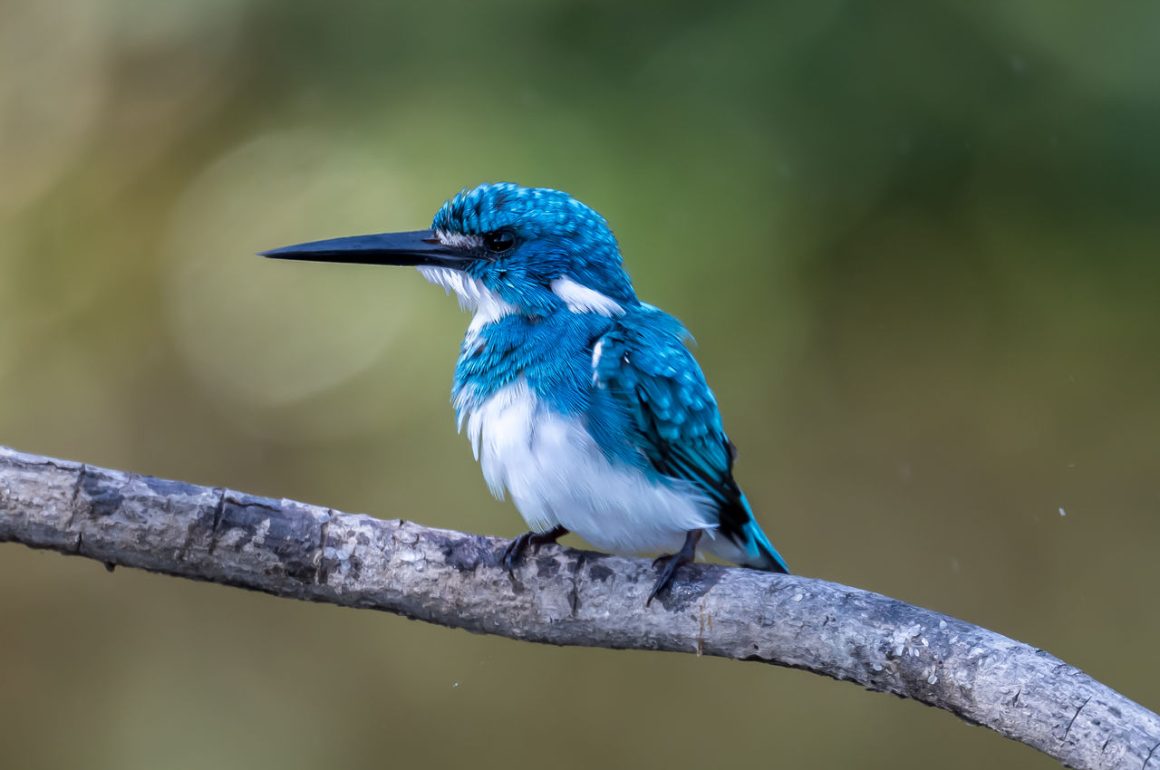
With a birding tour of East Java starting in the evening, I decided to fly into Surabaya in East Java one day earlier and to bird on my own on the first day. That was a good decision, both in terms of decompression after the flight and because the Wonorejo–general area (fishpond and mangroves), an eBird hotspot, turned out to be rather good, yielding a few species that I did not see as well later on the trip.
The hotspot is mostly fairly open, a plus for moderately skilled birders like me. It has a good number of birds and the usual atmosphere of such mangrove places – smelly, hot, and trashy – but few people, so for birders who prefer birds to people, it is a rather good place.
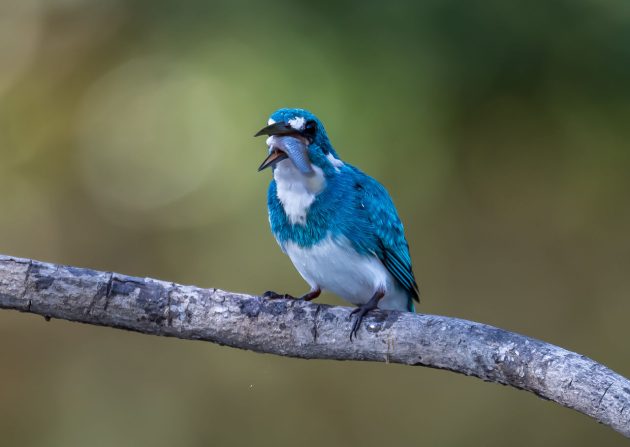
For example, to see the Cerulean Kingfisher, a “tiny sky-blue kingfisher” (eBird). Indeed, Wonorejo seems to be a particularly good place to see this species – I saw it later on the trip, but never as close.
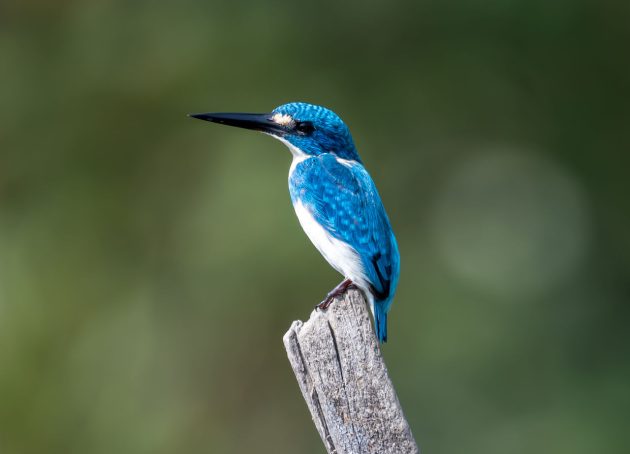
There is even a paper on the courtship behavior of this kingfisher that describes observations at exactly the same location, Wonorejo, Surabaya (though 7 years before my visit there).
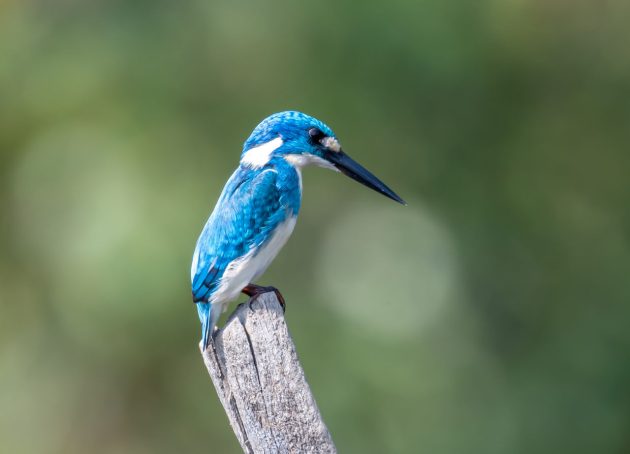
Another paper hypothesizes that by hovering, the Cerulean Kingfisher can also find prey at locations without convenient stakeout posts – such as larger fishponds – and thus survive even in areas with hardly any natural habitat left.
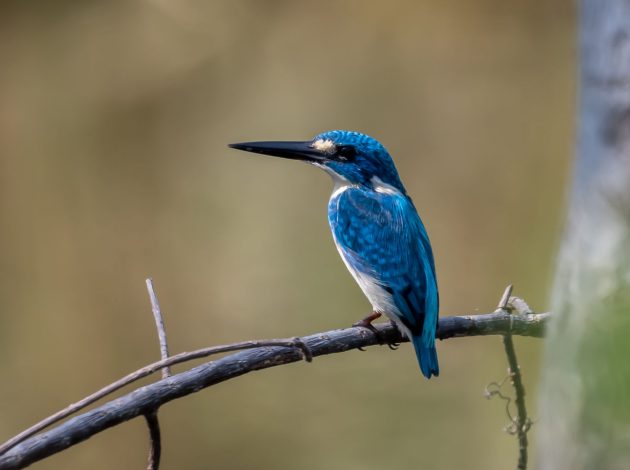
On the other hand, locations with large amounts of inorganic trash lead to lower numbers of Cerulean Kingfishers (source). This is not contradicted by later seeing the kingfisher in some waste treatment plants on Bali, where the trash presumably is almost exclusively organic.
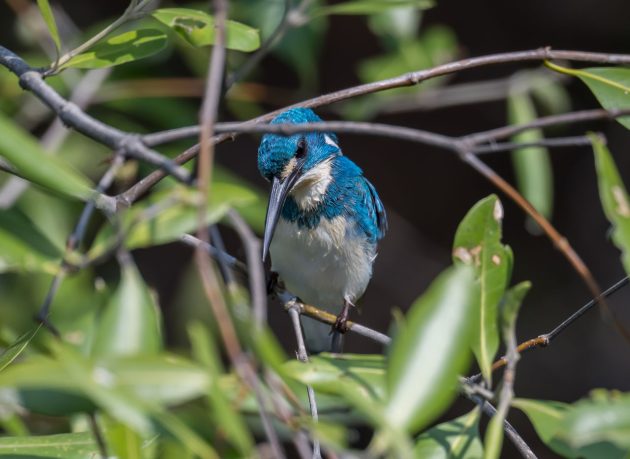
Oh yes, and the scientific name Alcedo coerulescens just indicates that the bird is bluish (which given the intensity of the color sounds a bit like an understatement). Better options would have been caeruleissima or ultracaerulea (said he in the vague hope of impressing readers with his almost forgotten classical education).
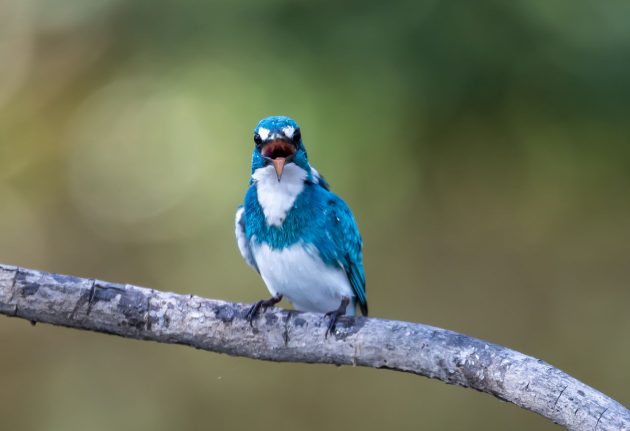
The professional woodpecker reviewers at eBird are not impressed with the Freckle-breasted Woodpecker, which they describe as a “rather unremarkable and typical-looking small black-and-white woodpecker.”
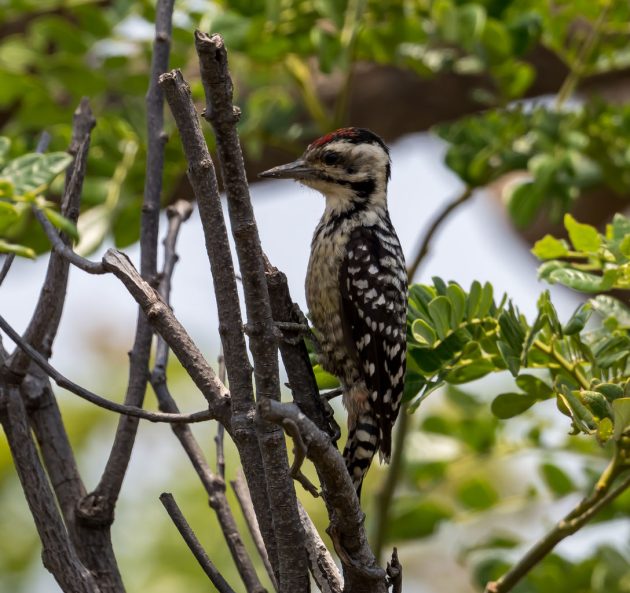
“Unremarkable, me?”
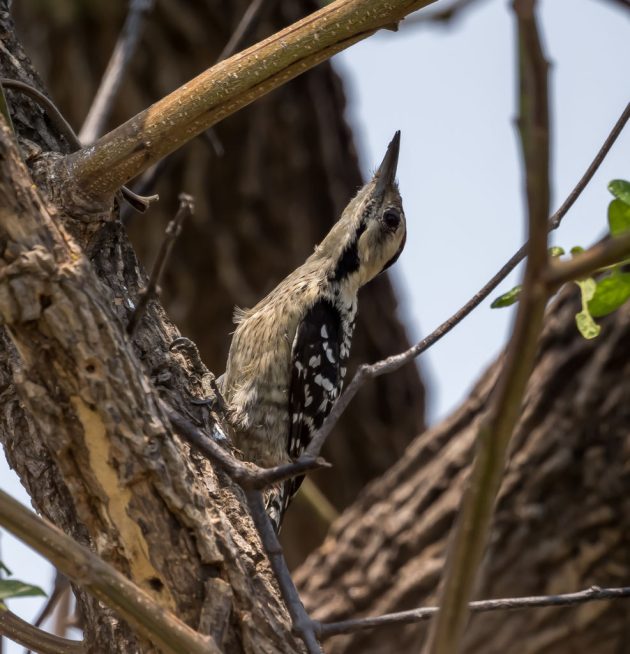
How to distinguish the sexes within the species? It is similar to many other woodpecker species. But if you do not know about this, you can simply follow one of them to the toilet. The males always use those toilets marked with the sign on the left in the illustration below.
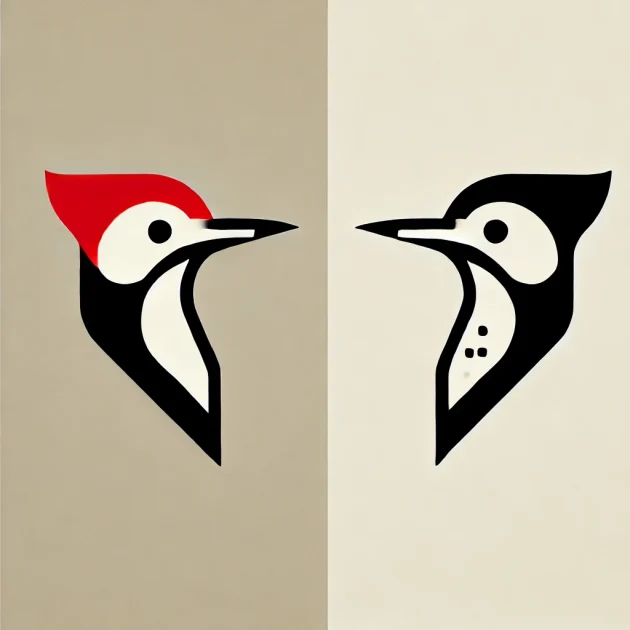
Indeed, for a male woodpecker to end up in the toilet on the right can be quite embarrassing.
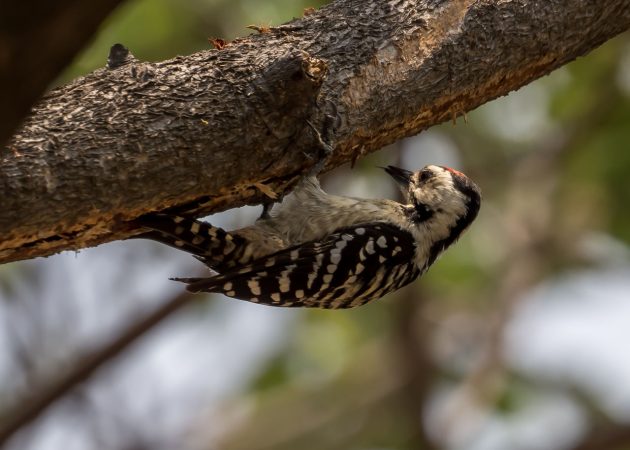
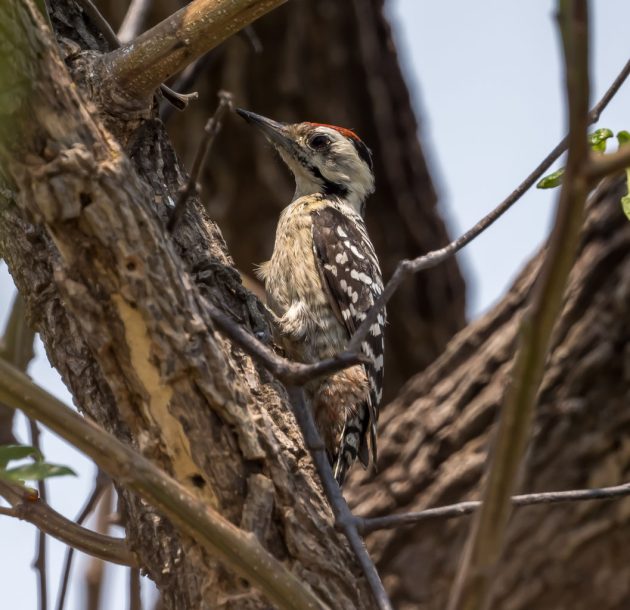
The species as a whole is also a bit embarrassed by its scientific name Dendrocopos analis – Cornell tactfully explains analis as “of the vent”.
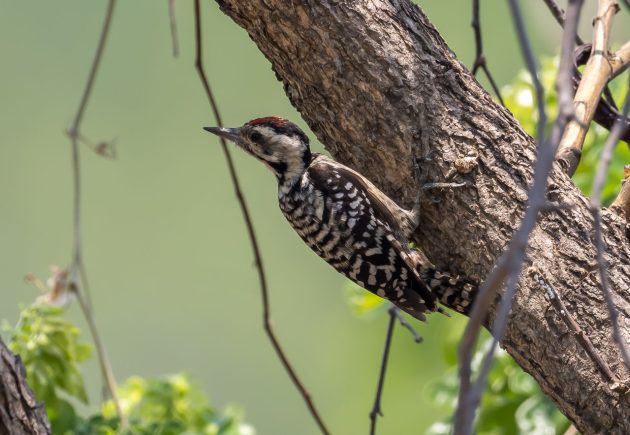
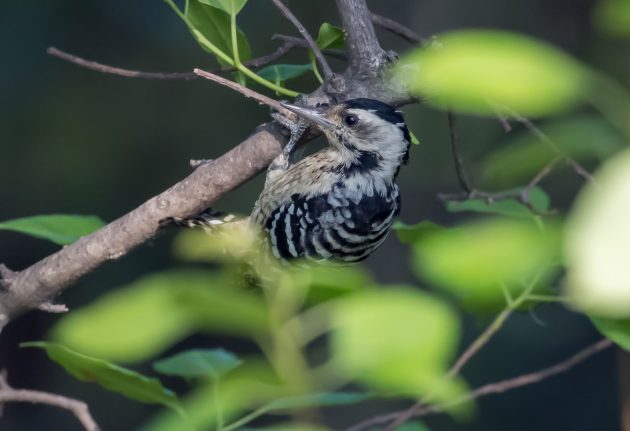
Another species unhappy with its name – though in this case, the common English one – is the Plain Prinia.
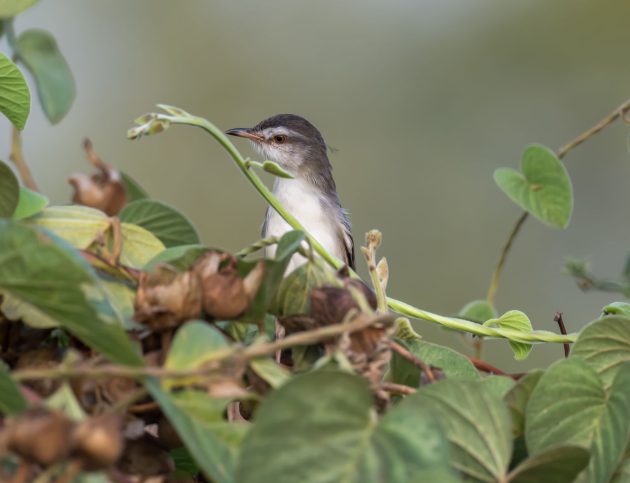
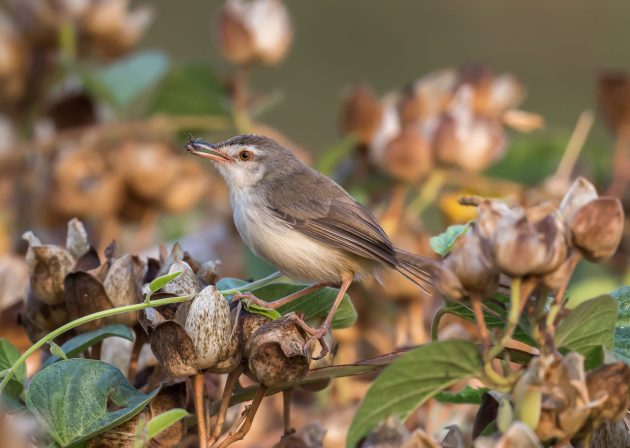
That made me wonder about the origin of the term Plain Jane. Apparently, it may have originated from Jane Seymour, who was considered the least attractive of Henry VIII’s wives. Later, the phrase gained popularity after Charlotte Brontë’s novel Jane Eyre, where the word “plain” appears 56 times to describe Jane’s appearance. Brontë wanted to create a heroine who was as plain as she was (source). And she was quite plain indeed, according to a contemporary description: “Miss Brontë is underdeveloped, thin and more than half a head shorter than I (with) a reddish face, large mouth and many teeth gone; altogether plain.”
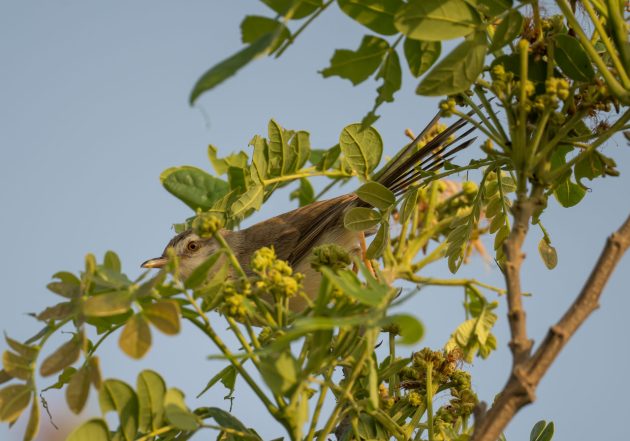
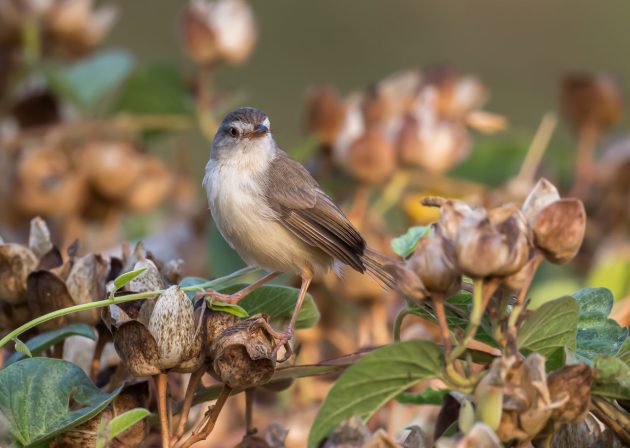
Somehow the word Gerygone as in Golden-bellied Gerygone invokes images of multi-headed beasts in me – I guess it is the similarity in sound to the Gorgons of Greek mythology, three monstrous sisters with snakes for hair who could turn anyone who looked at them to stone.
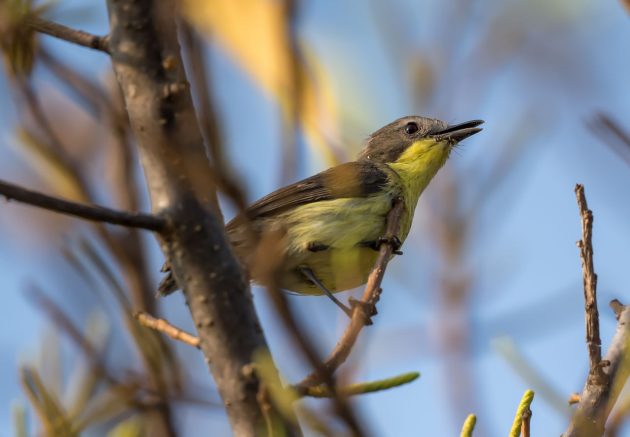
The etymology of the Gerygone is quite different: “New Latin, from Greek gerygone, feminine of gerygonos born of sound, from gerys sound, voice + gonos that which is born, child, from gignesthai to be born” (Merriam-Webster).
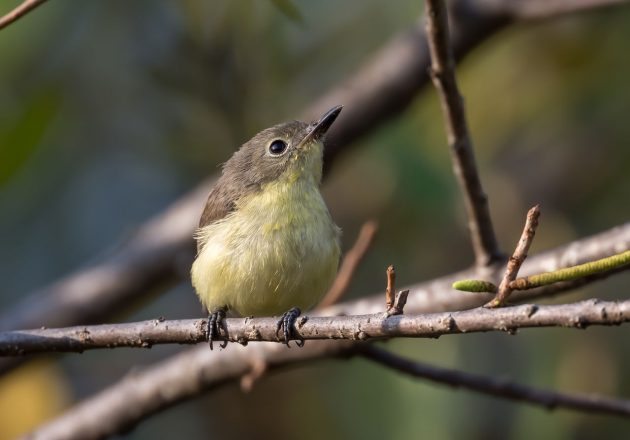
This reference to sound in the bird name is no accident. One source describes the Golden-bellied Gerygone as follows: “Its lovely elfin song intrigues many though the location of the songster may defeat them…. Its song is an ethereal plaintive warbling. The rather weak notes carry an amazing distance. The reason why it is so difficult to locate is that the bird turns its head from side to side as it sings, producing a ventriloquist effect.”
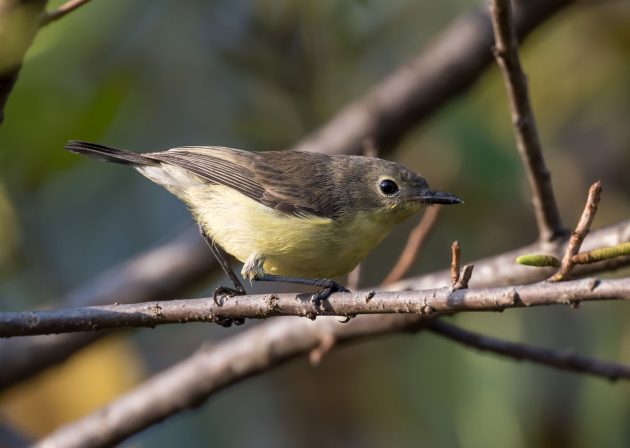
There is also some variation in the song between the different subspecies, as described here (in a short paper by Peter Boesman, a name familiar to those using xeno-canto).
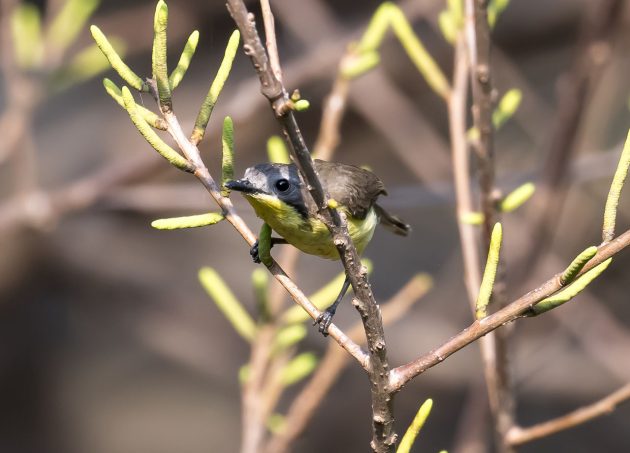
While in Shanghai I often see Black-winged Stilt, on Java the equivalent is the Pied Stilt. Same long legs and overall shape, different distribution of the black and white parts of the plumage (admittedly, a slightly laymanish description of the differences).
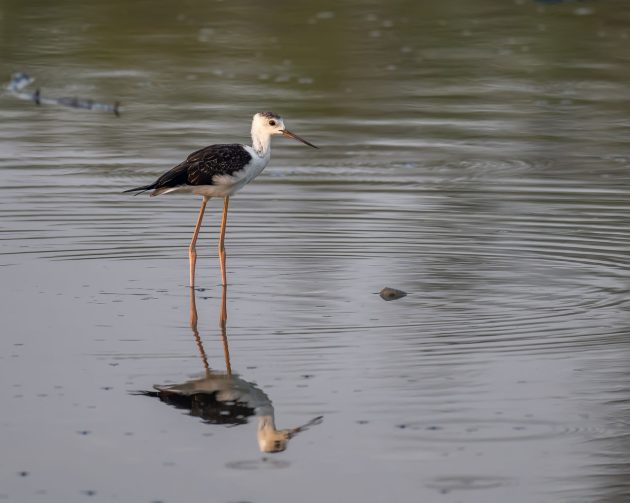
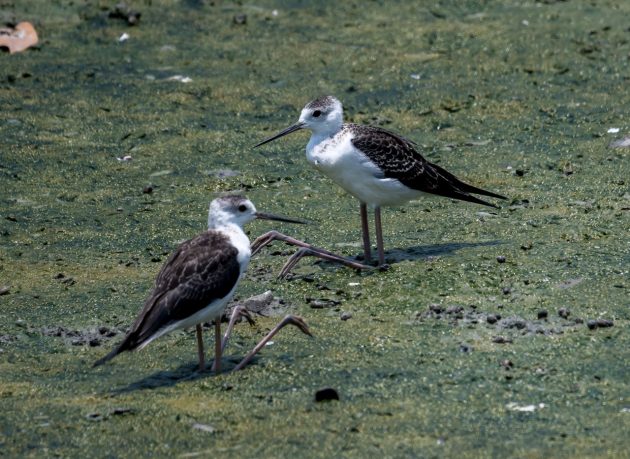
While the Pied Stilt mostly inhabits wetlands of Australia and New Zealand, it has been slowly expanding its range to southern Southeast Asia including Java (source: Cornell).
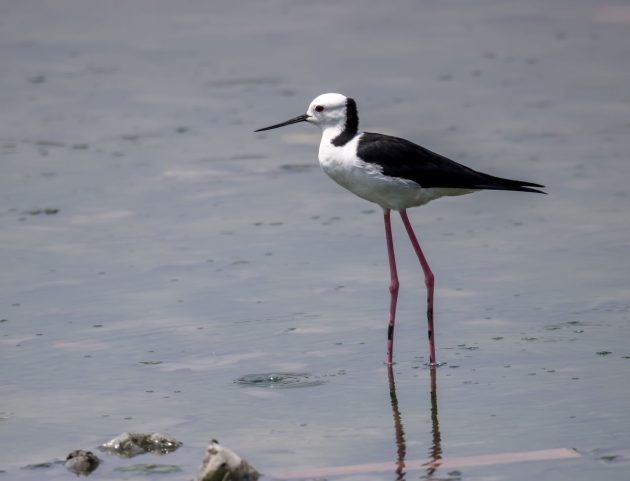
One paper on the differences between the Pied Stilt and the critically endangered Black Stilt lists some reasons why the Pied Stilt is a much more successful breeder. Factors include the nesting location (Pied Stilts use swamps which are difficult to access for predators) and the shorter fledging time of the chicks. Next time evolution or god designs a new species, better keep these factors in mind, or you end up with another critically endangered species.
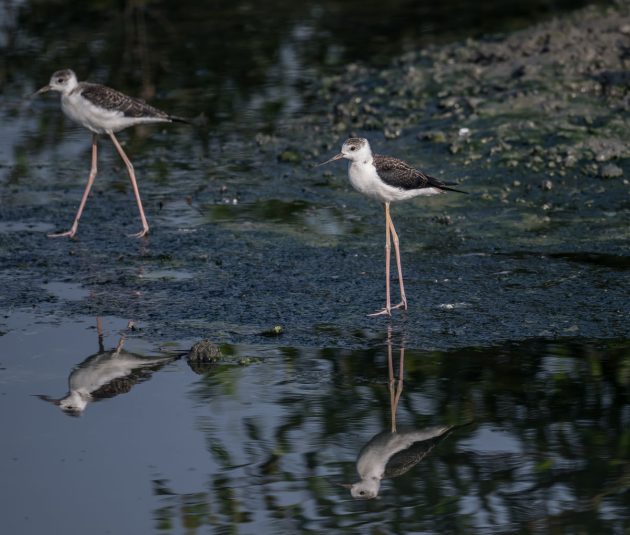
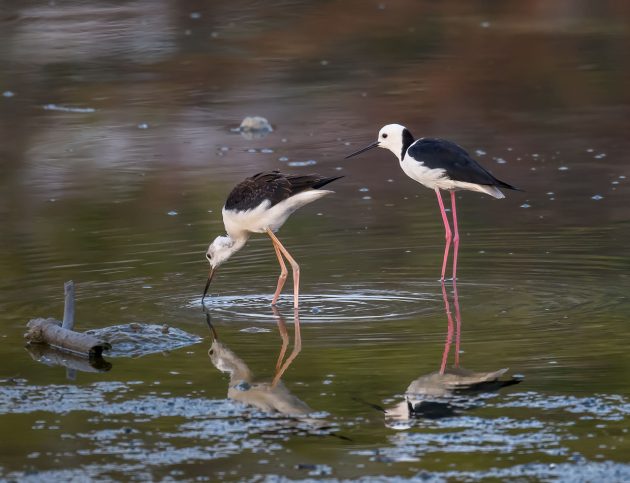
Like other shorebird species, the Pied Stilt has a whole repertoire of defending its nest against predators – these include swooping, chasing, aggressive flight, furtive run, lure display, and false brooding. These are described in detail in a Ph.D. thesis from 1971.
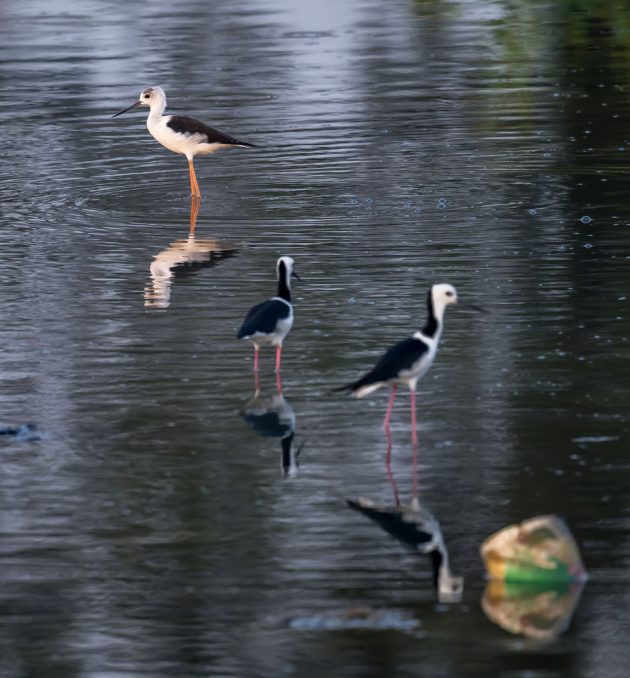
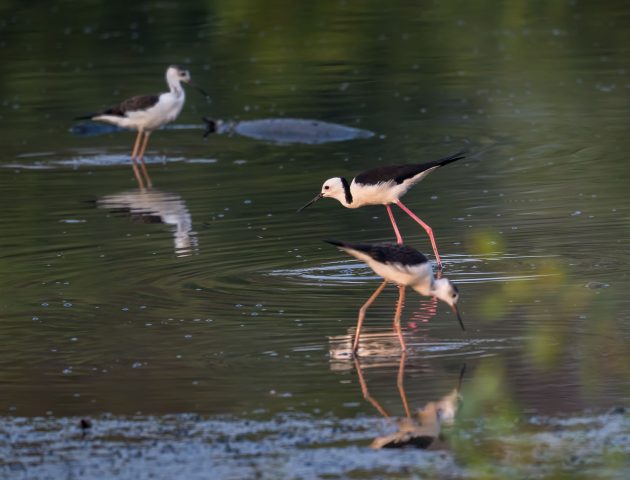
A somewhat surprising find was a pair of Sunda Coucals, as the species is listed as Vulnerable (though it seems to like mangrove habitat).
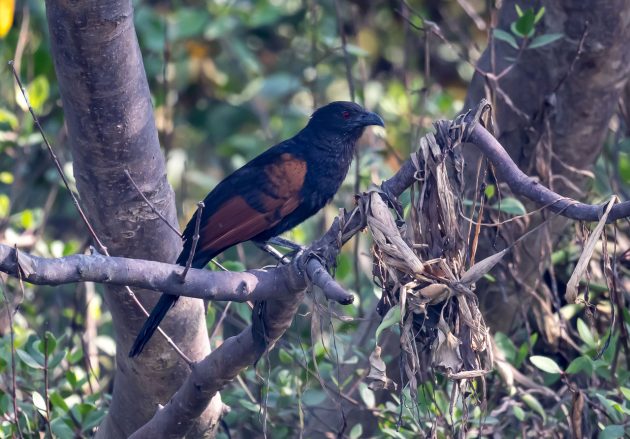
Cornell gives a population estimate of only 2500–9999 mature individuals and considers it to be declining.

The scientific name Centropus nigrorufus is a bit pointless – nigrorufus means black and red, but it is hard to see how these two colors would distinguish this species from the other coucals such as the Lesser Coucal also found on Java.
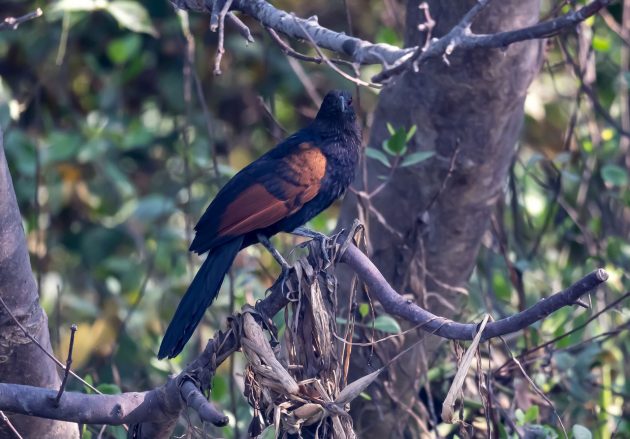
I will only briefly mention a few species common not only in this location but all over Java and even Indonesia – the Yellow-vented Bulbul …
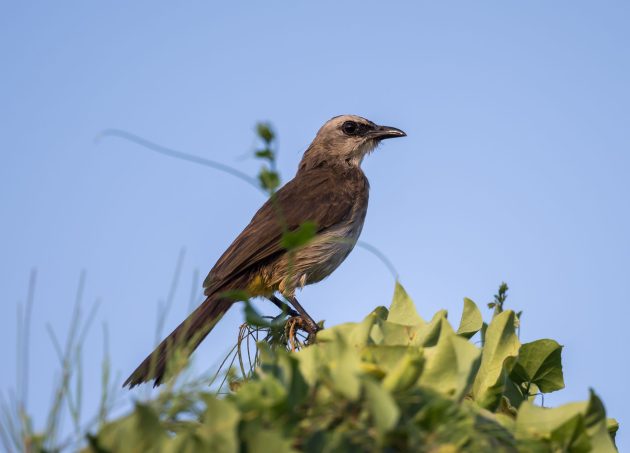
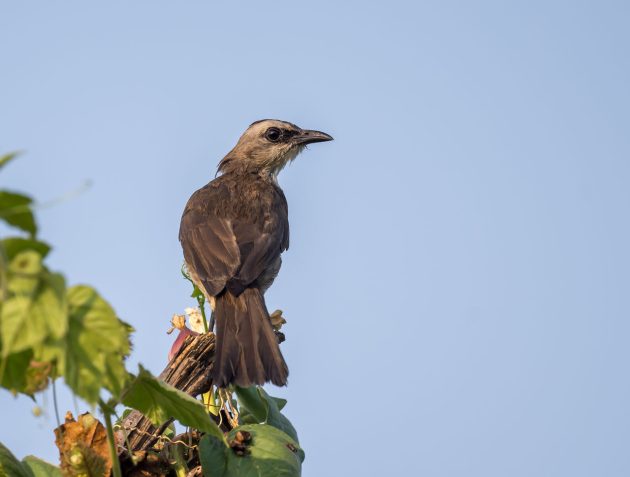
… Scaly-breasted Munia …
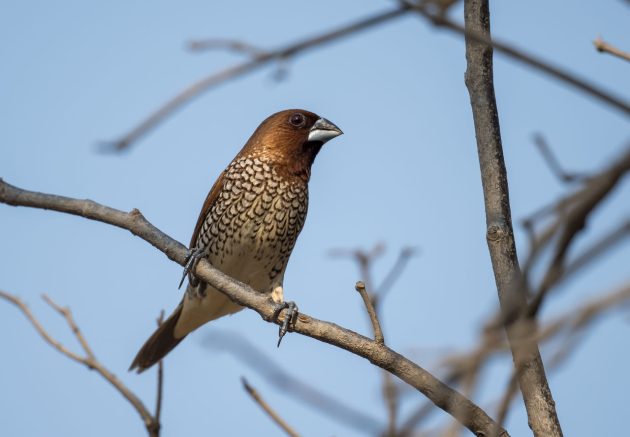
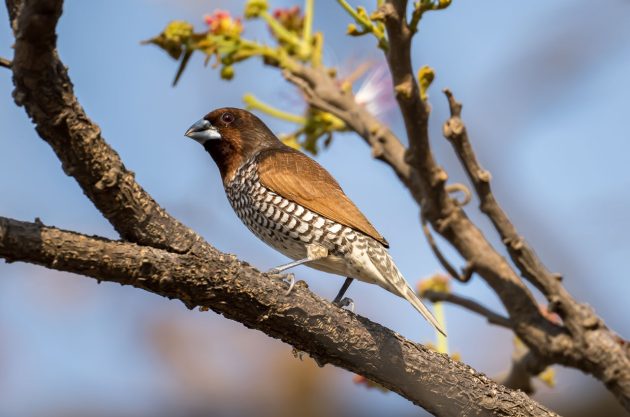
… and the Javan Pond Heron.
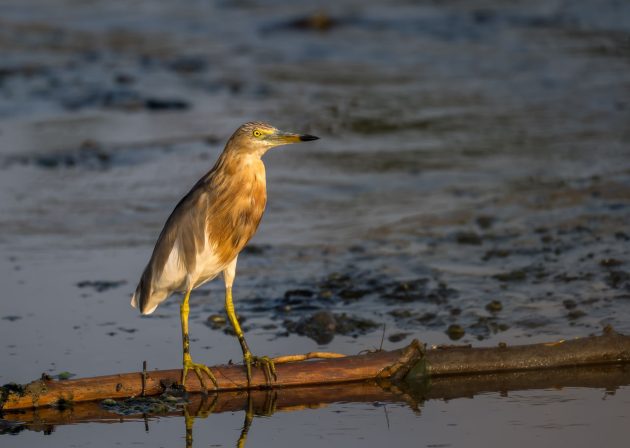
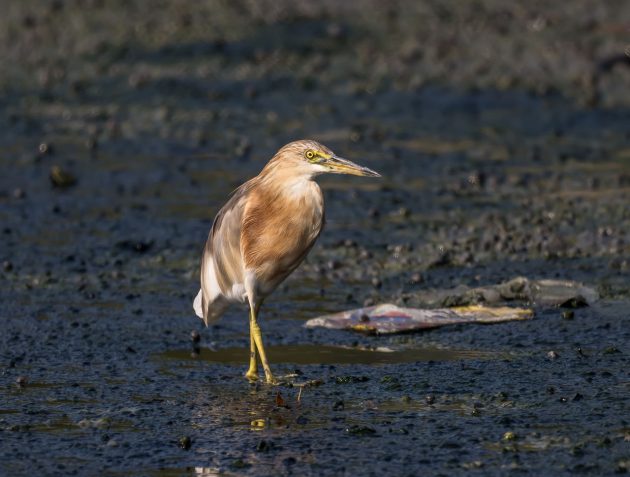
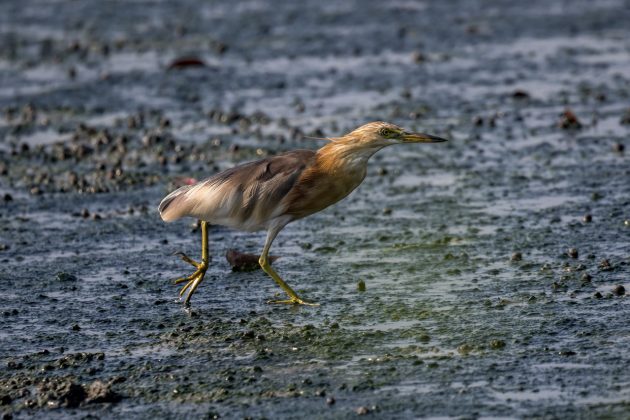
The Malaysian Pied Fantail looks quite a bit like Count Dracula (I know the readers of 10,000 Birds appreciate such highly scientific observations).
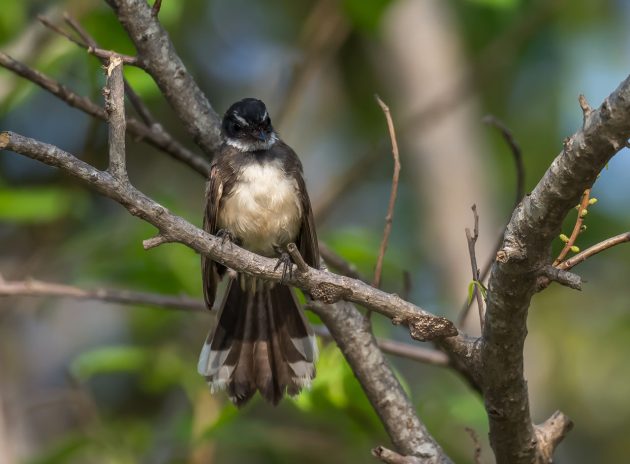
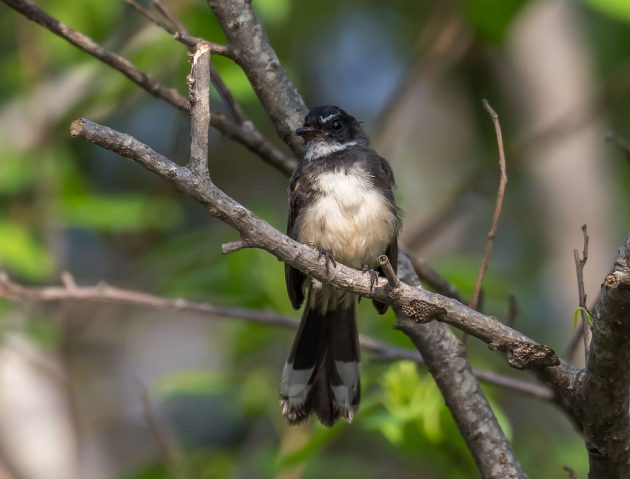
I did not see a nest of the bird but a paper has some nice photos of one in Singapore.
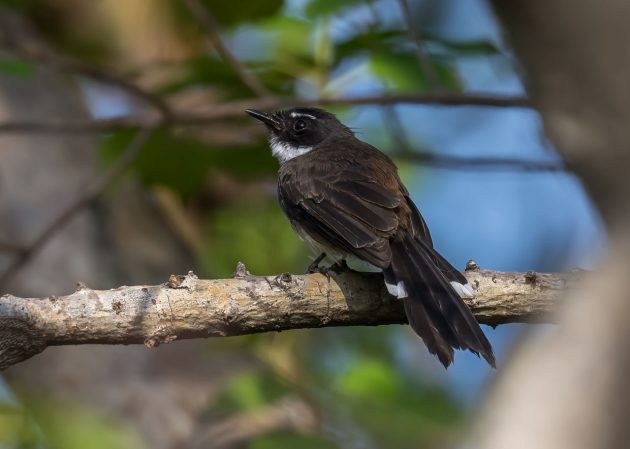
Apparently, in Malaysia, the species is locally referred to as murai gila, literally “crazy thrush” (source).
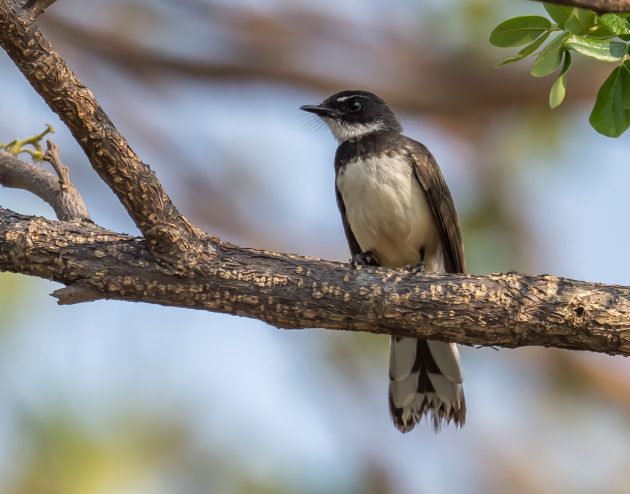
An artwork from 1795 showing the species is apparently for sale here. The blurp praises “consummate skill demonstrated” as well as the “impressive display of painterly technique” – but I think the artwork does not capture the vivid nature of the species at all, instead rendering it flat and lifeless.
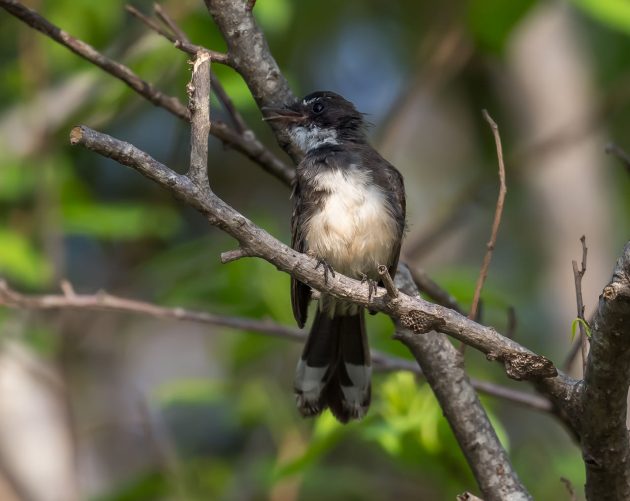
There is not much published research on the White-shouldered Triller (Lalage sueurii), so I am glad it is at least named after somebody I can write about: Charles-Alexandre Lesueur (1778-1846), a French naturalist, artist, and explorer.
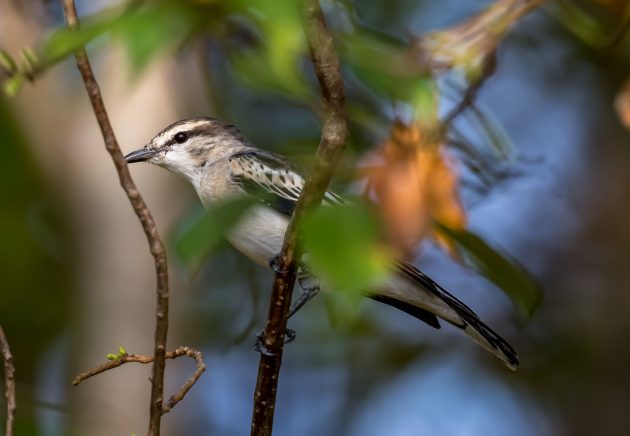
While he died in 1846, the museum he worked for at the time of his death took its sweet time to publish its works and only got around to it in the early 1900s. So if you think you are procrastinating, you are probably not the worst case out there (source).
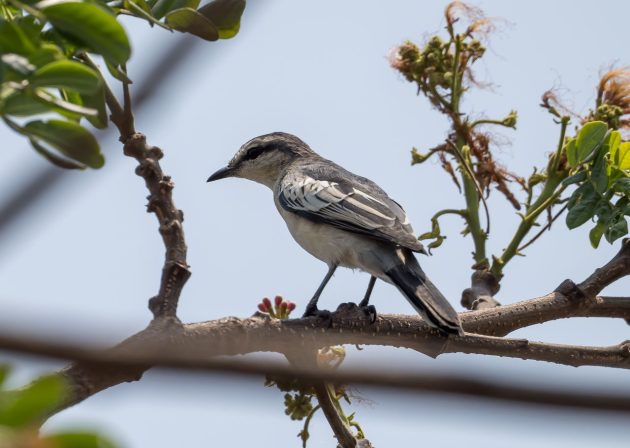
My other favorite bird of the Surabaya mangroves – apart from the splendid Cerulean Kingfisher – was the Savanna Nightjar. As eBird states, it is indeed a “well-camouflaged nightbird, usually encountered roosting on gravel riverbeds, open areas in grasslands, rooftops, or roadsides”.
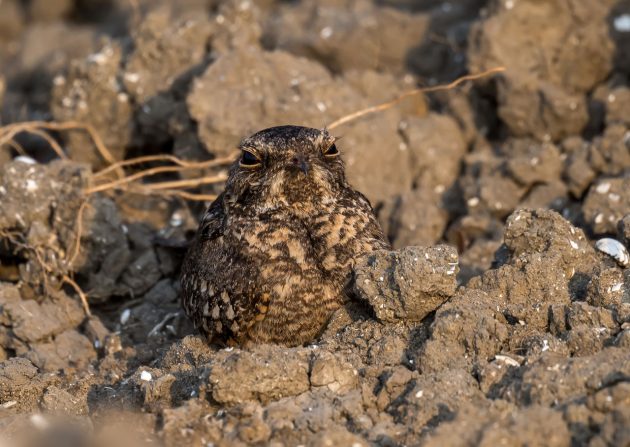
And even more surprising, it seems indeed “fairly well adapted to urban life in some parts of its range and often found in towns and city edges” – in fact, having dinner somewhere in a larger city later on the trip, I asked for the origin of a specific sound, and they told me it was the call of the Savanna Nightjar, right in the middle of the city. (eBird also points out that it is “most often detected by its distinctive, high-pitched, burry ‘chree-ik’ song, repeated over and over”).
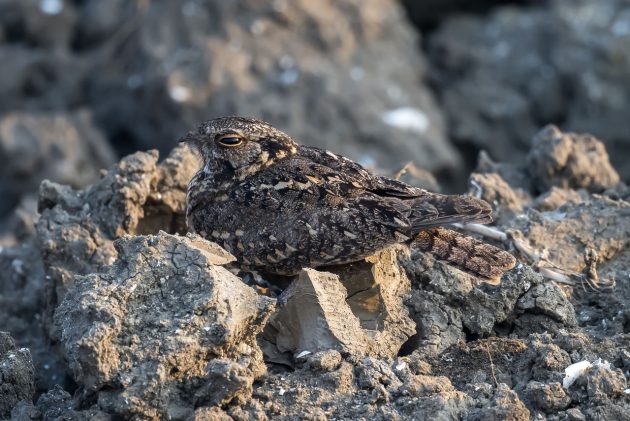
Apparently, the nightjars manage to transmit their individual acoustic messages quite well even in noisy urban surroundings, as described here – the research paper calls this “one of the key preadaptations for this nocturnal nonpasserine to thrive so successfully in its newly adopted urban environment” (a bit pompously expressed, in my opinion, but you get the point).
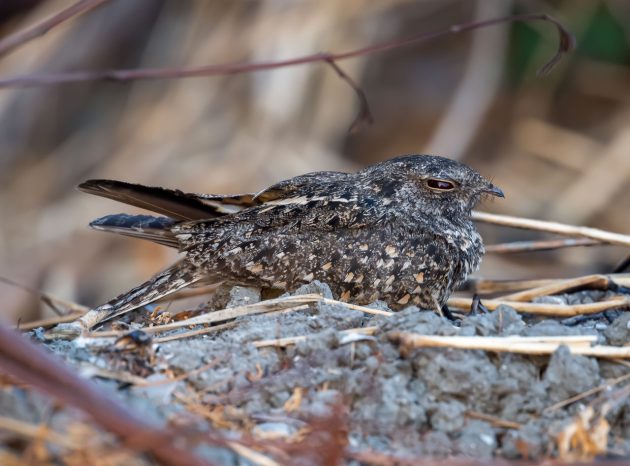
They also seem to know a lot about acoustics, as described in one paper: “Savanna Nightjars adjust their calling heights to reach optimal building wall surroundings to make their calls reverberate and thus increase their call amplitudes, and the benefits of increasing call amplitude may be one of the vital selective forces for Savanna Nightjars to call preferentially in urban areas with buildings.”
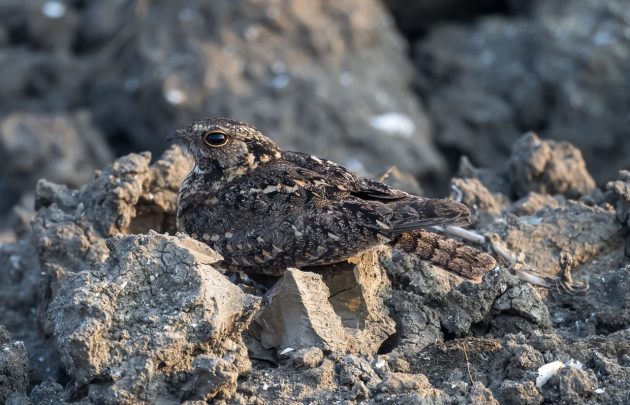
Finally, the species also benefits from the fact that the roofs of tall buildings seem to be an ideal nesting site for Savanna Nightjars (source).






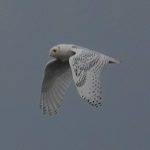
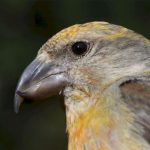
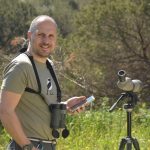

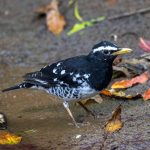
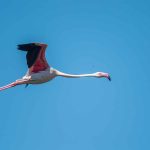
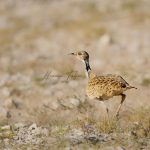
Apparently Jane Seymour was Henry VIII’s favourite wife. She died before he could cut her head off.
Thanks, Peter, for this clear message of hope for all ugly people.
Can you Pls provide more details on how did you book the guide and other details
Sure. I contacted and went with Kunam Birding Tour, Phone/whatsapp : +6285330026746 Email : kunambirdingtour@gmail.com
If you need more detailed information, please specify via email to me (the email address on the contact page).